Introduction
 |
With the changing of the seasons comes a big change in how I shoot Sigma cameras.
ISO 100 | 1/1600 sec | F5.6
Photo by Carey Rose |
Fifteen years.
That’s how long it’s been since the release of the SD9, Sigma’s first digital camera, which was also the first camera to use the layered Foveon sensor design. From then on, for better or for worse, Sigma has continued to refine its unique layered sensors. While no one will argue that their cameras are capable of insanely sharp output, you still have to put up with an awful lot of shortcomings.
Early on, there was the low pixel density. And there’s still poor battery life. And Huge file sizes. Long card write times. Heat. Lots of heat. (And there’s plenty of other image quality concerns, as well).
But significantly, fifteen years is also the length of time we’ve had to use Sigma’s Photo Pro software to get any sort of decent results from these cameras. In the early days, you were almost forced into it, as the SD9 didn’t shoot JPEGs and Adobe Camera Raw support that was present up until the Merrills was laughable or simply non-existent. So until now, if you wanted to shoot Raw on a Sigma digital camera, you’d have to fire up Sigma Photo Pro and wait. And wait. And wait some more. And then relaunch it once it crashes, because crashing was a foregone conclusion (though to be fair, it is far less stable on Mac OS than Windows).
We as a staff collectively find, even above and beyond all of Foveon’s shortcomings, that the biggest hurdle to using Sigma cameras is their very own software. Even now, in the year 2017, Sigma Photo Pro is just painfully slow and unstable.
But Sigma is that rare company that listens to its customers. Last year while at CP+ in Japan our Technical Editor Rishi Sanyal was afforded a rare opportunity to sit down with the ever-charming, warmly receptive and almost unusually frank Sigma CEO Kazuto Yamaki and talk all things camera and optics. One of the topics covered was the usability of Sigma cameras, where we re-stressed the common request for wider Raw support of Sigma cameras but, more importantly, outlined what might go into making the most flexible DNG possible from Foveon Raw data. Just a short year later, the new sd Quattro interchangeable lens cameras can shoot DNG format Raw files straight out of the camera.
A hearty thank you.
And this just might be what Sigma needed to do to bring Foveon tech to the mass market – a place it really hasn’t been before.
Sigma + DNG = <3
The sd Quattro cameras’ ability to shoot in DNG means is that you can finally edit your Foveon Raw files using a converter other than Sigma Photo Pro. As you might expect, there’s a few caveats. When you enable DNG capture on the Quattro H, you don’t have an option to simultaneously capture a JPEG (although there is a whopping 13MB JPEG embedded in every DNG, should you want to dig it out).
The highest resolution output you can get from these is 25.6MP, which is the same resolution as the top sensor layer, as opposed to the upscaled 51MP files that are possible when shooting JPEG in-camera or using Sigma Photo Pro with an X3F file (but if you think you might want those files, check out the comparison at the end of our samples gallery). And while upscaled 51MP may sound suspect, the pixel-level sharpness of the Foveon files means it may not be as gimmicky as it initially sounds (we’ll reserve final judgement until after our in-depth testing).
Lastly, you’d better have a big memory card – the DNG files weigh in at around ~150MB each*. For comparison, uncompressed Raw files from the Nikon D810, Sony a7R II and Fujifilm GFX 50S weigh in at around 70MB, 85MB and 110MB, respectively (and two out of those three offer lossless compression to bring those sizes down anyhow).
 |
| Out-of-camera white balance |
Adjusted in Adobe Camera Raw |
Despite setting the white balance manually in-camera, the default DNG output was too yellow for my taste, but adjustments in ACR were a breeze. Click through to see the crazy sharpness.
Okay, enough with the caveats. Opening these DNG files in Adobe Camera Raw is an almost surreal experience. You still get the absolutely astounding crystalline sharpness Sigma’s cameras are known for, but now you can make any adjustment you’d ordinarily make to a Raw file, and with a decently powerful computer, it all happens in real time. No more making a small adjustment and waiting ten seconds (or thirty) for a full re-render.
So far, the files appear as flexible as one would expect from Raw: white balance works wonderfully, and you can turn all noise reduction and sharpening off. We’re still examining if the 12 bit DNGs are losslessly gamma compressed 14-bit data as we’d asked for, but it’s not clear this would matter anyway: 12-bit DNGs and 14-bit X3Fs show similar flexibility thus far, which makes sense given the comparatively lower base ISO dynamic range of these cameras.
The fun factor
So editing the DNG files is great, even if you need to pick up a couple extra hard drives to store them. But the real kicker for me is that it changed the way I shoot this camera relative to previous Sigmas. It’s just more fun.
 |
ISO 100 | 1/500 sec | F4
Photo by Carey Rose |
I ended up using the camera more and taking more photos just to see how the camera would render various scenes – and I was regularly blown away. I no longer had to worry about living with the JPEGs and poor white balance, and I didn’t have to go through a whole batch of X3F files over the span of an entire evening with Sigma Photo Pro.
Previous Foveon cameras I’ve used were good for some quirky fun, but I never really considered picking them up off the shelf after we’d put the wraps on our older sample gallery. But now, without the workflow woes of the past, the sd Quattro H is something I’m going to be using a lot more often. If you’ve never tried a Sigma camera before, now is the time to pick one up and have a go for yourself.
See our Sigma sd Quattro H sample gallery
$ (document).ready(function() { SampleGalleryStripV2({“galleryId”:”4388344015″}) })
*Foveon sensors don’t directly capture red, green and blue information, nor do they require the demosaicing process required by Bayer sensors, so they require totally different processing (hence the historic lack of good Raw support). The Quattro H performs the necessary deconvolution and interpolation process required to derive red, green and blue information for each pixel, so that the Raw processing software doesn’t need to. Unfortunately that means having to save three 12-bit values for every pixel (which, given the lower resolution of the camera’s lower two layers, means storing twice as much data as was actually captured), resulting in 150MB files.
Articles: Digital Photography Review (dpreview.com)














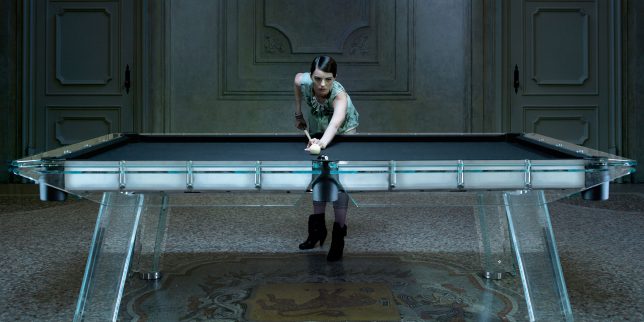
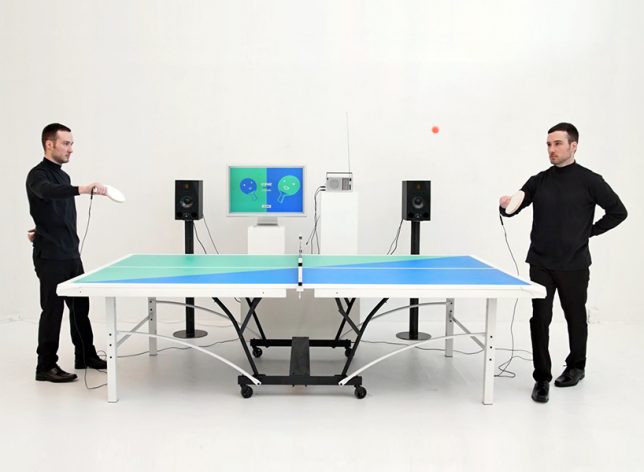
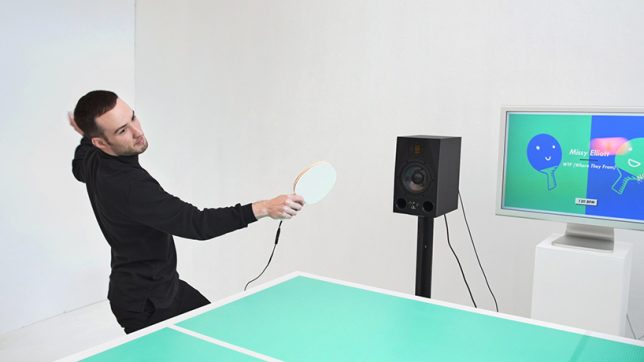
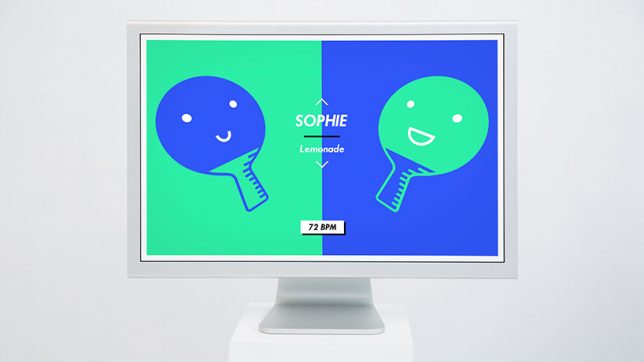
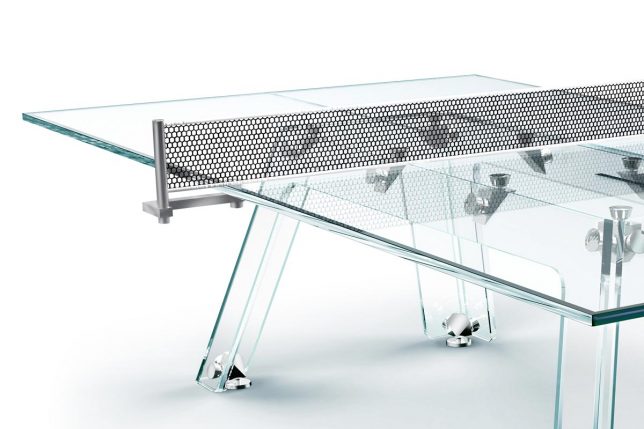
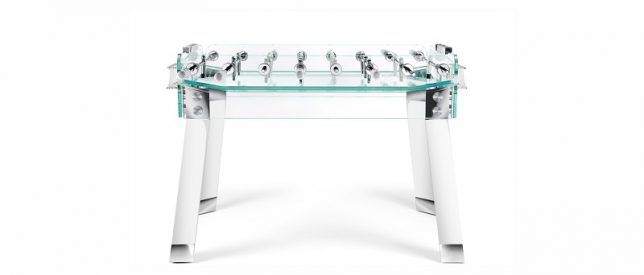
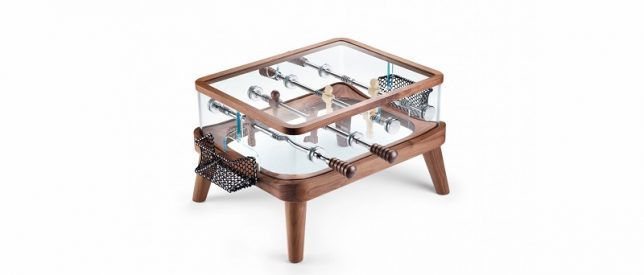

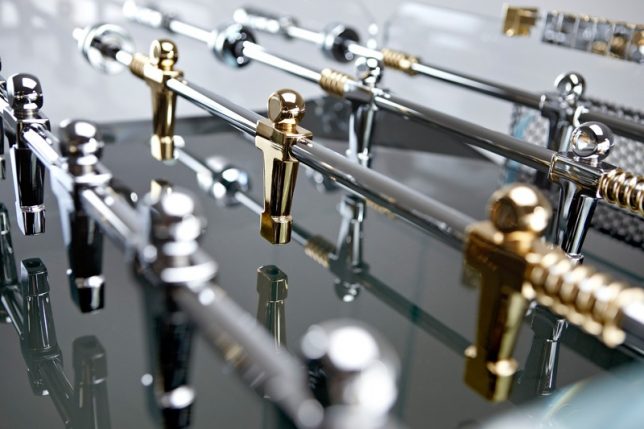
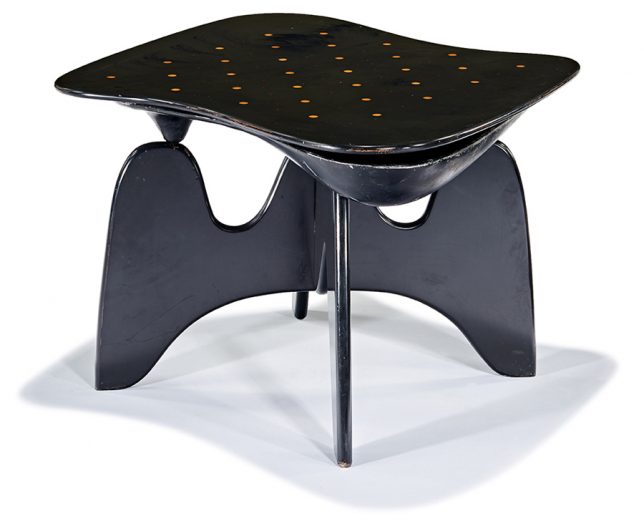
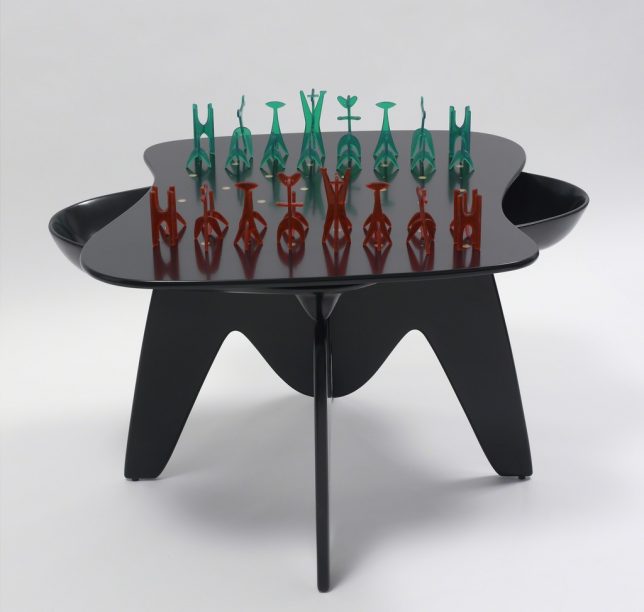
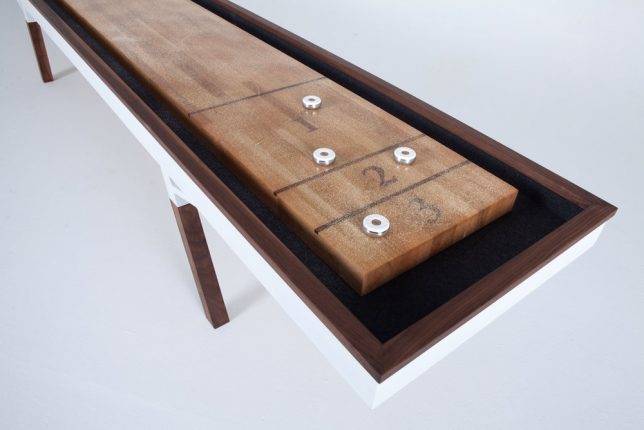
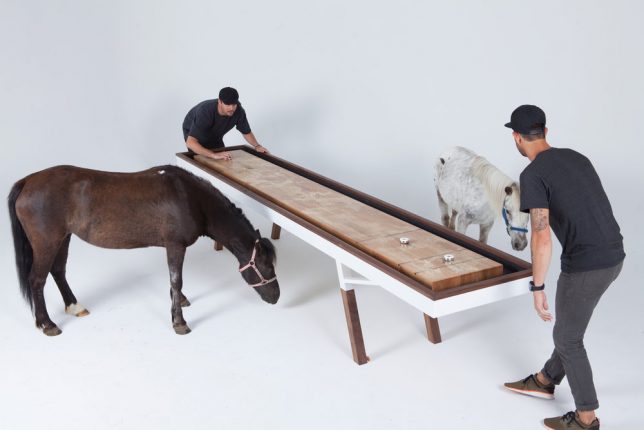
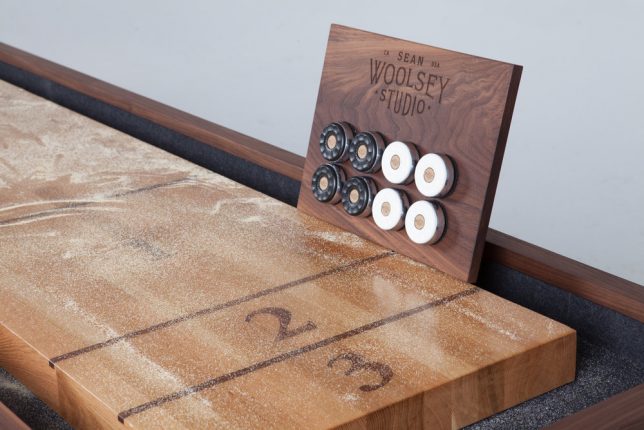


















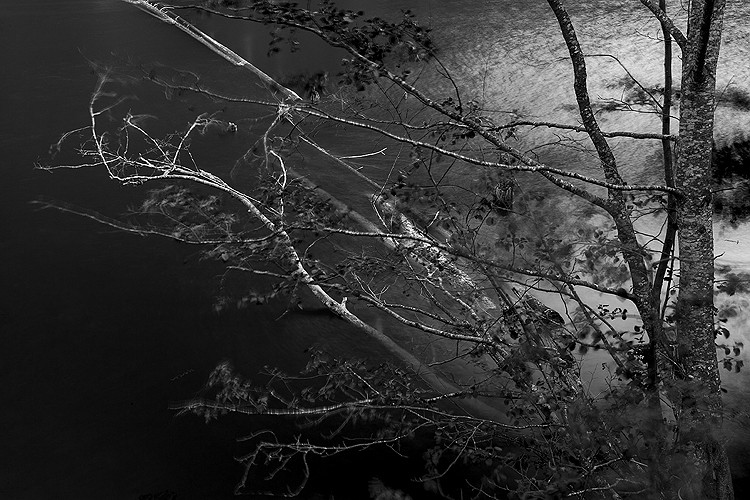























You must be logged in to post a comment.